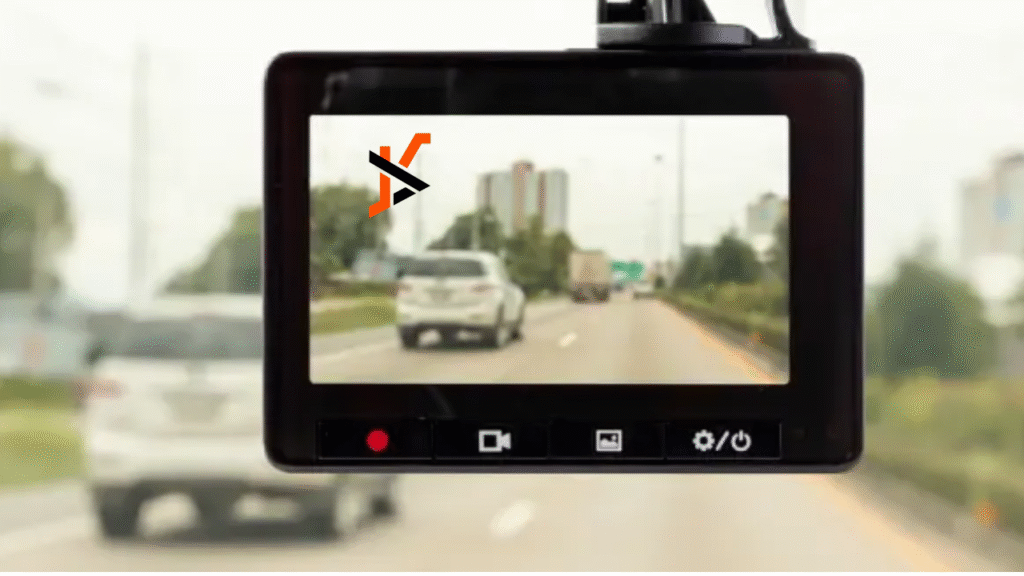In our fast-paced digital age, the reliability of video evidence has become a cornerstone of truth in various sectors, especially in legal and insurance matters. The dash camera, a device once merely seen as a gadget for car enthusiasts, has evolved into an essential tool for capturing the unaltered reality of road life. But as the sophistication of editing tools increases, so does the skepticism saurrounding edited footage. It begs the question: Is edited dash cam footage still credible?
Understanding the Role of Dash Cameras
To comprehend the implications of edited footage, we must first understand the primary role of dash cameras. These devices serve as silent witnesses, capturing every moment of our journeys. In the event of an accident, a dash cam can provide an objective account that can be crucial in determining fault or innocence. Think of it as a steadfast friend who never blinks, capturing everything from the mundane to the momentous.
Consider the feeling of reassurance that comes with knowing a car dash cam is there to document your seasonal road trips. Imagine driving through the vibrant colors of autumn, with the camera recording every golden leaf swirling in the breeze. It’s not just about potential accidents; it’s about preserving memories, too. Yet, what happens when this footage is edited, and the authenticity is called into question?
The Impact of Editing on Credibility
Editing is often perceived as synonymous with manipulation, and rightly so. When it comes to dash cam footage, even a minor edit can cast doubt on its validity. The credibility of original footage lies in its untouchable authenticity. Once altered, the footage may no longer be considered a true representation of events.
For instance, trimming a video to remove irrelevant parts could be seen as an attempt to mislead. This skepticism is understandable; after all, the stakes are high when legal judgments or insurance claims depend on these recordings. Therefore, when reviewing dash cam footage, you must be vigilant in discerning whether any alterations have taken place.
Legal and Ethical Considerations
Legally, dash cam footage holds credibility only if its integrity remains intact. Courts and insurance companies often stipulate that for footage to be admissible, it must be unaltered. This is because edited footage could potentially misrepresent the facts, leading to unjust outcomes. The feeling of injustice can be profound, especially if you find yourself on the receiving end of a skewed narrative due to manipulated footage.
Ethically, one must also consider the responsibility of presenting footage as it occurred. This is not only a matter of integrity but also of trust. The moment a dash cam is installed, it assumes an inviolable role as an unbiased observer. Preserving the authenticity of its recordings is paramount in maintaining this trust.
Technological Advancements and Their Implications
With advancements in technology, editing tools have become more accessible and user-friendly, making it easier for anyone to modify videos. While this democratization of technology is not inherently negative, it does present challenges in verifying the authenticity of dash cam footage.
For example, artificial intelligence can now seamlessly alter videos, raising perplexing questions about what is real and what is not. The burstiness of these technological changes can feel overwhelming, as the speed at which they occur often outpaces our ability to adapt. Consequently, you must remain vigilant and informed about the capabilities of these tools to better assess the credibility of footage.
Ensuring the Credibility of Dash Cam Footage
Given the complexities surrounding edited footage, what measures can you take to ensure the credibility of dash cam recordings? First, it is crucial to maintain the original files and metadata, which provide a digital fingerprint of authenticity. This metadata includes timestamps and GPS data, serving as vital verification tools.
Moreover, utilizing dash cameras with built-in security features such as encryption can prevent unauthorized access and editing. By taking these steps, you can bolster the credibility of your footage, ensuring that it remains a reliable source of evidence.
The Importance of Trust
In the end, the debate over the credibility of edited dash cam footage boils down to trust. Reliance on technology, respect for the law, and trust in one another.The seasonal shift in our journey with technology has brought us to a point where we must carefully balance innovation with integrity.
As you navigate this landscape, remember that the power of a dash cam lies not just in its ability to record, but in its capacity to uphold truth. By safeguarding the integrity of your recordings, you contribute to a fair and just system where evidence speaks louder than words.
In a world where perceptions can be manipulated and reality can be distorted, the inviolable commitment to truth becomes ever more critical. So, while edited dash cam footage might raise eyebrows, the path to credibility lies in preserving the original essence of what was captured. This adherence to authenticity ensures that when the time comes, the footage stands as a testament to the truth, unshakeable and unwavering, a true reflection of what was, and what is.

